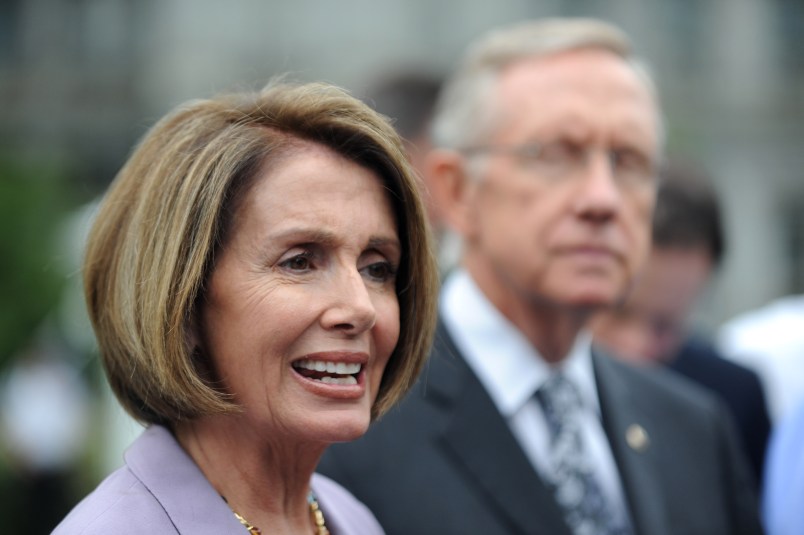So how and when will Congress finally finish health care reform?
As we reported earlier this week, Congress will expedite passage of landmark health care legislation by circumventing the official channels through which House and Senate bills are typically reconciled. Instead, the House will take up the Senate’s bill, amend it in various ways, pass it, and send it right back to the Senate. This is known as “ping pong”–a process that continues until both chambers agree to a single reform package and the President can sign it into law.
Typically, after the two chambers pass similar, but different bills, House and Senate principals from both parties resolve the differences at a so-called conference committee, where they emerge with a final piece of legislation–the conference report–which both bodies vote on, without amendment.
But that’s not what’s happening now. So what’s the next step?
Well, theoretically, the House could pass the Senate bill word for word and be done with it. But that would infuriate all manner of House Democrats–leadership, progressives, pro-life conservatives–who aren’t about to give up their say in the legislative process.
Instead, House leaders are working with their Senate counterparts and the White House to come up with a package of amendments–to change the Senate bill to greater reflect the House’s plan. They can’t rock the boat too much, of course. When the package goes back to the Senate it will be filibustered. Harry Reid will have to keep his 60-member caucus in line and that means not disrupting the fragile balance.
Once the House passes the amended Senate bill, it will go back to the Senate, where, unlike a conference report, it can be amended again. If it is amended, that means it will have to be returned to the House once again, and that back-and-forth continues until both chambers have agreed on a single, identical bill.
But don’t expect a protracted ping ponging.
“Our hope is to keep the number of message amendments to a minimum so that we can get this to the President’s desk as soon as possible,” says a top Senate Democratic aide.
If Reid is confident he can pass the bill the House sends over without any changes, he can take procedural steps to prevent Republicans (or Democrats) from offering any amendments that might upset the balance–and require yet another vote in the House.
The goal for congressional Democrats is to get the thing done and off to the President before the end of the month, or in early February at the latest. But nobody’s making any bold public predictions. As Rep. Frank Pallone (D-NJ) said on his Twitter feed, “Prospects are good for resolution in next few weeks.










